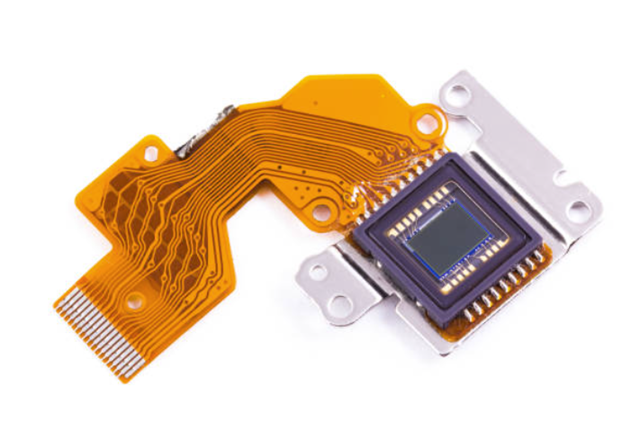
A Flexible PCB
Flexible PCBs (Printed Circuit Boards) are a type of electronic interconnect technology that offers flexibility and versatility in comparison to traditional rigid PCBs. They are also known as flex circuits or flex boards. Flexible PCBs are designed to bend, twist, and conform to the shape of the device or system they are used in, making them ideal for applications where space and weight are critical or where the board needs to fit into unconventional shapes or contours.
The main features and benefits of flexible PCBs include:
•Flexibility: As the name suggests, flexible PCBs can bend, fold, and twist without losing functionality. This property makes them suitable for applications with limited space or irregular geometries.
•Weight and Space Reduction: The ability to create 3D shapes and reduce the number of connectors and cables often results in weight and space savings, which is crucial for portable devices and miniaturized electronics.
•Improved Reliability: Flexible PCBs have fewer solder joints and interconnects, leading to reduced points of failure and improved reliability.
•Cost-Effectiveness: In some cases, flexible PCBs can reduce the overall cost of the final product by eliminating the need for connectors and additional components.
•Signal Integrity: Flex circuits can offer good signal integrity and electrical performance, making them suitable for high-frequency applications.
•Temperature Resistance: Flexible PCB materials are typically designed to withstand a wide range of temperatures, making them suitable for environments with varying thermal conditions.
•Durability: The ability to withstand repeated bending and flexing makes flexible PCBs more durable in certain applications than traditional rigid PCBs.
Flexible PCBs can be manufactured using various materials, including polyimide, polyester, and PT FE (Teflon). The manufacturing process involves etching conductive traces on the flexible substrate, just like rigid PCBs, but with additional considerations for the material's flexibility.
Flexible PCBs find applications in various industries, including consumer electronics (smart-phones, wearables), automotive, medical devices, aerospace, and military applications. As technology advances, the demand for flexible PCBs is likely to grow due to their advantages in addressing the evolving needs of electronic products and systems.